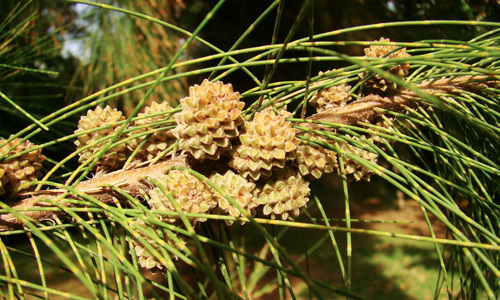We value your privacy
We use cookies to enhance your browsing experience, serve personalized ads or content, and analyze our traffic. By clicking "Accept All", you consent to our use of cookies.
We use cookies to help you navigate efficiently and perform certain functions. You will find detailed information about all cookies under each consent category below.
The cookies that are categorized as "Necessary" are stored on your browser as they are essential for enabling the basic functionalities of the site. ...
Necessary cookies are required to enable the basic features of this site, such as providing secure log-in or adjusting your consent preferences. These cookies do not store any personally identifiable data.
No cookies to display.
Functional cookies help perform certain functionalities like sharing the content of the website on social media platforms, collecting feedback, and other third-party features.
No cookies to display.
Analytical cookies are used to understand how visitors interact with the website. These cookies help provide information on metrics such as the number of visitors, bounce rate, traffic source, etc.
No cookies to display.
Performance cookies are used to understand and analyze the key performance indexes of the website which helps in delivering a better user experience for the visitors.
No cookies to display.
Advertisement cookies are used to provide visitors with customized advertisements based on the pages you visited previously and to analyze the effectiveness of the ad campaigns.
No cookies to display.
|
Division
|
Angiosperms |
|
Class
|
Dicotledons |
|
Subclass |
Apetalae |
|
Series |
Hypogynae |
|
Order |
Casuarinales |
|
Family
|
Casurinaceae |
|
Genus
|
Casurina |
|
Species
|
equisetifolia |

|
Etymology:
|
Long drooping branches resemble drooping feathers of bird Cassowary. |
|
Botanical name:
|
Casuarina equisetifolia Linn. |
|
Local/Trade Names: |
Beefwood, Casuarina, Horse Tail Tree. |
|
Conservation status: |
Commonly planted in coastal areas of India also Gt. Nicobar Island. |
|
Digonestic features:
|
Leaves reduced in 6-8 scales. |
|
Description: |
Large tree. Bark rough, dark-brown. Leaves reduced to minute 6-8 scales at the joints of the needles. The male and female cones fruits are borne on separate tree. The male cones are developed at the ends of green needles, but the female are produced on older wood. Female cones, almost round or elliptic with blunt points all over the surface. Seeds ca 4 mm long. |
|
Phenology: |
Fls. & Frts.: Sept.-May. |
|
Distribution: |
Indigenous coastal Bangladesh, Myanmar and Andaman & Nicobar, extending to New South Wales and Queensland. Extensively planted on sea-shore, sands of east and south India. |
|
Where to see it: |
Ornamental Flowering Section. |
|
Uses: |
Extensively cultivated for fuel. Wood used for house posts, rafters and masts of country made crafts; also for fencing. Bark astringent, used in diarrhoea and dysentery. Decoction of leaves in colic. Bark used for dyeing and tanning ( tannin 6-18%). Needles employed for making activated carbon. Tree yield a resin. |
Chief Conservator of Forests & Chief Wildlife Warden is the Head of the Department. There is one post of Conservator of Forests & two posts of Deputy Conservator of Forests viz.